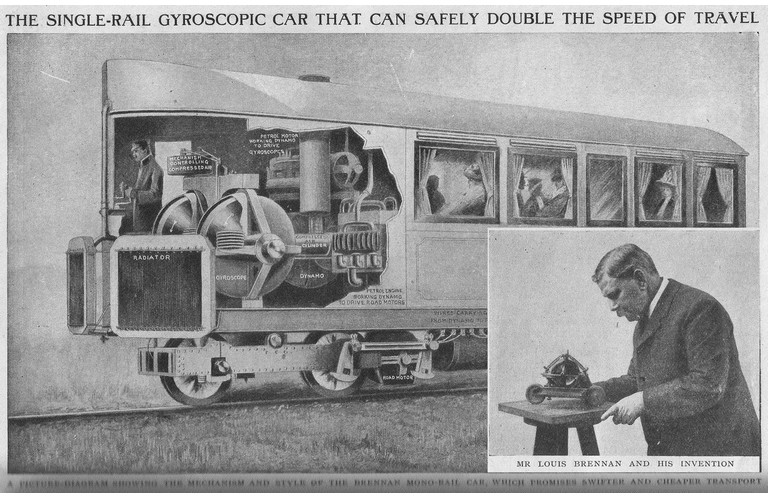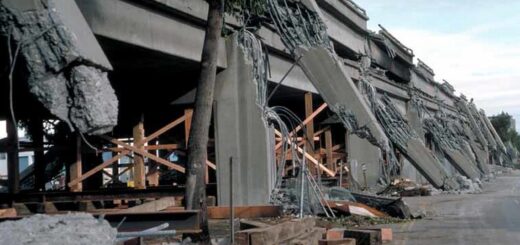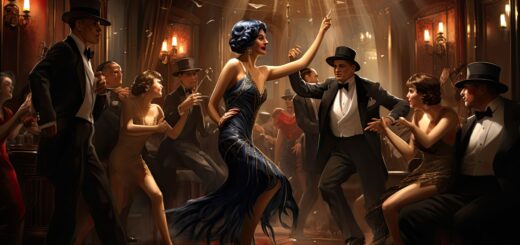Brennan Monorail The Self Balancing Monorail

This is the Brennan Monorail, a train from the early 1900s that seemed to defy the laws of physics. Not only did it keep itself perfectly balanced on a single rail, but it mysteriously leaned into corners without any driver input.
Inventor of Brennan Monorail
This was a real invention and it was unveiled to the public in 1910 by its inventor Louis Brennan. The idea was that using a single rail instead of two would make trains faster and Railways cheaper to build. His train could take corners greater speeds without being thrown off the tracks and his Railway only needed half the material. Unlike the monorails we’re familiar with today which have thick tracks built high in the air Brennan’s monorail could run on existing tracks.
- How it Look
Although it looks a bit sketchy, it was by design very stable. At the heart of the train was a gyroscope that could correct the train’s tilt before the passengers even noticed. This was a mind-blowing piece of engineering, especially for 1910.
- How did it work
We modeled the entire thing and studied the original patents to show you how incredibly clever this design was. But in order to understand exactly what’s going on here, we need to know a bit about gyroscopes.
- How Does a Gyroscope Work
The basic principle is that if you spin a disc really quickly, its angular momentum tries to keep it perfectly stable. If you try to tilt it in this direction, it starts rotating on the vertical axis this is called precession. But if instead of tilting it, we cause it to process, it actually tilts the disc in the opposite direction. It’s because of this that a gyro will always try to find its way back to equilibrium. Brennan saw this as the key to keeping his train balanced and so he experimented by placing a small flywheel in a model train, and hooking it up to an electric motor. Initially this worked and anytime the train started to fall, the disc would precess and keep the train upright.
- Problem to maintain balance
The problem was that when the train turned, the gyro didn’t turn with it since it was trying to maintain its position in space. From the train’s point of view, the gyro was precessing which caused the train to tilt over and fall off the track. To solve this problem, Brennan put a second gyro in the train and made it spin in the opposite direction both were connected by a gear so that when one gyro precessed, the other would precess in the exact opposite direction. When the train turned a corner, both gyros wanted to keep facing the same way, but this was impossible. And so both gyros were forced to rotate with the train, and this unwanted precession got cancelled out. With another problem solved, he started working on the full sized prototype that he could test with with real passengers. This was a 12 meter long, 22 ton vehicle with two massive gyros spinning at 3.5 thousand RPM but scaling up his design uncovered a massive problem. Now that some serious weight was involved, the gyros weren’t only fighting against their own rotation but also the force of gravity trying to pull down the train.
This was much easier to overcome in Brennan’s smaller model but with 22 tons now trying to pull the train over, the gyros had to be much stronger. Balancing the Brennan Monorail In order for Brennan’s monorail to keep itself perfectly balanced, it needed to overcome its own weight which was constantly trying to pull the vehicle over as it leaned, the center of gravity shifted and the vehicle got pulled down more and more. The natural precession wasn’t strong or quick enough to keep the train stable and so Brennan came up with a new solution.
- Solution
He realized that the key to all of this was taking control of the gyro’s precession. By purposefully precessing them quicker than they would normally precess a stronger force would be put into righting the vehicle. He hooked up the gyros to a petrol engine and encased them in vacuum sealed casings to reduce friction Even if the power ran out, the gyros would keep spinning for up to 30 minutes before the train could fall over. He placed the gyros on a single gimbal that allowed the whole system to rotate on the train’s roll axis. The axles of each gyro stuck out of the casing and set between two guide plates that were attached to the train’s chassis as the train tipped over, the axles would make contact with one of the plates and friction would cause them to roll over like a wheel on the ground. This would cause the gyros to precess much quicker than the previous design pushing the entire train back to equilibrium. The problem was vibrations would cause the gyros to bounce on the guide plates and they never produced a smooth and proportional force on the train and so Brennan got rid of the guide plates and came up with an even better solution. He fixed the gyros to the train’s chassis so they would rotate with the train. When the train tipped over, the gyros did their usual thing and started to precess naturally.
On the other hand gyro its axle was directly connected to a mechanism that controlled an actuator rod. This rod was linked to a lever and two valves which controlled the flow of compressed air. This compressed air followed two pipes that entered into either end of a large tube running through the center of the gyroscope. Inside this tube was a gear rack which was placed between the two gyros and could move back and forth to rotate them. When the train tilted, the gyros would precess and the clever actuator arm would activate the valves. By closing off one of the valves, compressed air would then flow through one of the pipes and into one end of the tube. This would increase the pressure, pushing the gear rack and forcing the gyros to precess in the opposite direction until the train returned to equilibrium. This all happened instantly and the gyros would react before the train ever got too unbalanced.
The key here is that the compressed air acted as a pneumatic system allowing the the smaller force to produce a much bigger force. The force of the compressed air gets sent equally through the air in the tube. Once it gets to the larger piston the same force is multiplied over a larger area and so this piston is moved with much greater force than the gyros put into it. This genius system took the force of the train tipping over and multiplied it against itself to create a train that always wanted to stay level. His train was so strong that even if every passenger stood on one side, the train would stay perfectly balanced.
- What Happened to the Brennan Monorail
His prototype was a huge success and at the time it really did seem like the future but unfortunately, investors weren’t confident in the design. Two-railed trains were already well established at the time and the fact that every train carriage would need its own gyroscope brought the project to an end.








